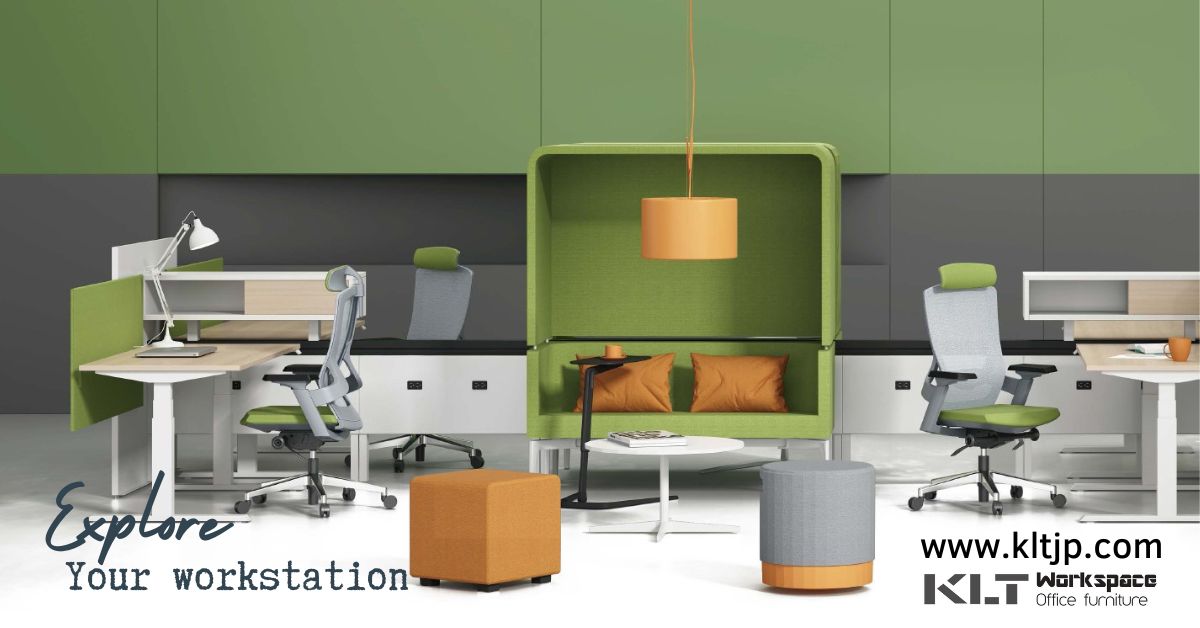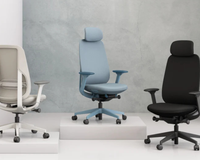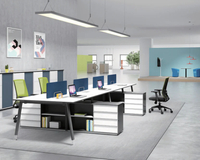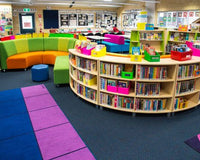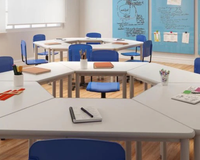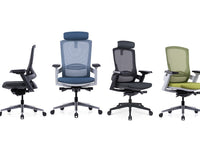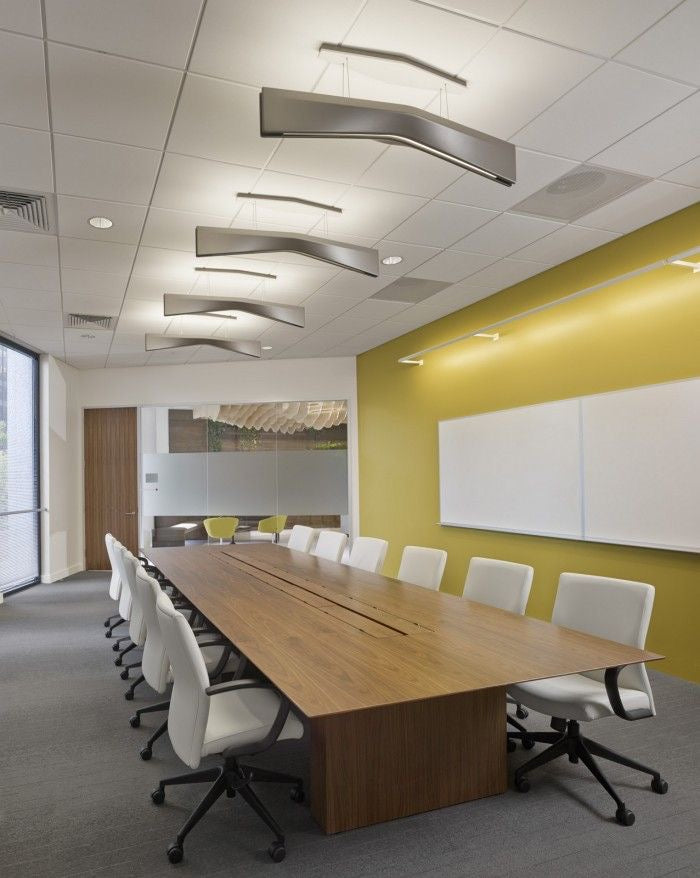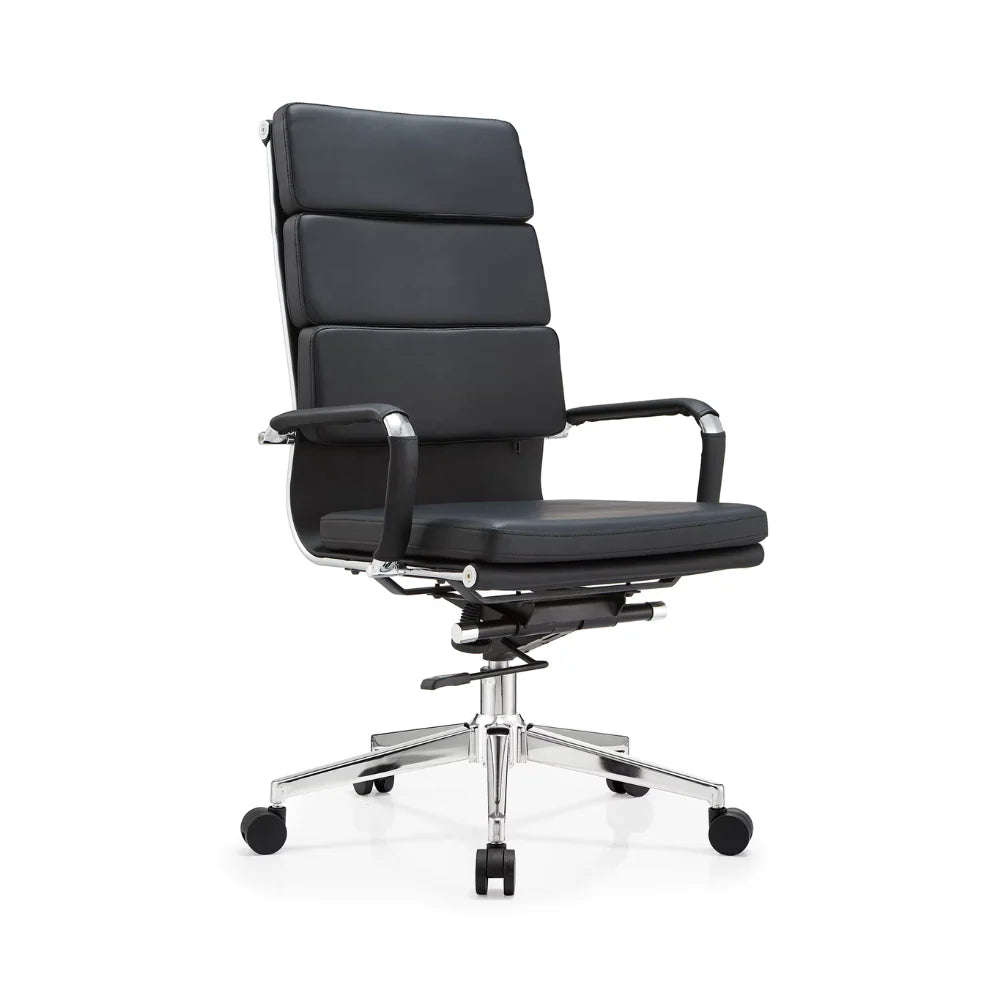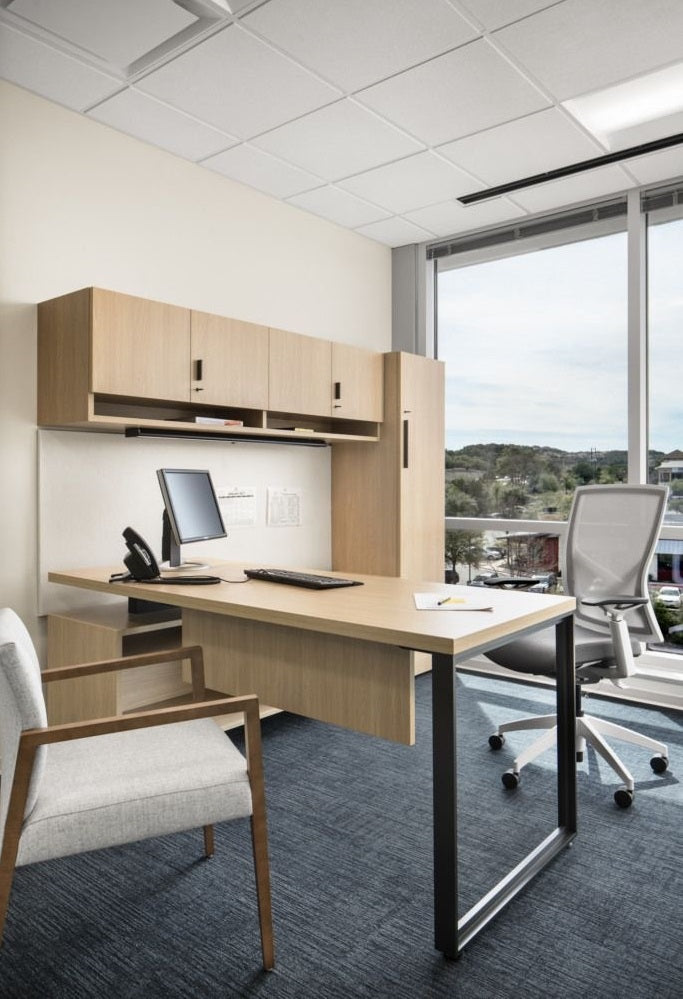Office Space: The intersection of experience and dreams, inspiring new possibilities.
Office space: Where experience and dreams intersect, sparking new possibilities.
As the modern office environment continues to change, the demands on office space and furniture are also increasing. A comfortable, practical and attractive office space can enhance employee efficiency and creativity, and help improve corporate productivity and competitiveness.
- Office space design
Office space design should take into account employee needs and daily work requirements. For example, open office spaces can enhance communication and collaboration among employees, better achieving teamwork goals. At the same time, well-designed partitions can provide more personal space and protect individual privacy.

- Choice of office furniture
The choice of office furniture is also crucial. Employees need an ergonomic office chair and desk to protect their health. The office chair should have an adjustable seat and backrest for optimal support and comfort. The desk should be spacious enough to accommodate a computer, documents, and other essentials, and should be height-adjustable to accommodate employees of varying heights.
The desk and chair are the most important pieces of furniture in an office. A spacious, sturdy desk provides ample space for all necessary documents and equipment while keeping the office neat and organized. A comfortable chair can reduce employee fatigue and improve work efficiency. The chair's height and backrest angle should be adjustable to accommodate employees of different heights and body types.
In addition, the office also needs some other furniture, such as conference tables and chairs, client chairs, TV cabinets and bookshelves, etc. The choice of these furniture should be based on the needs of the office and the size of the space.

- Office equipment
Offices should also be equipped with other necessary furniture and equipment, such as book shelves, storage cabinets, filing cabinets, printers, and scanners. These provide additional storage space and help keep the office clean and organized. Filing cabinets and storage cabinets should be durable and have sufficient capacity to accommodate all necessary documents and stationery. These equipment should be easy to use and enhance employee efficiency.

- Office light and dark
Office lighting and air circulation are also important. Good lighting can improve employee recognition and concentration, while good air circulation can improve employee morale and alertness.

- Office design and decoration
The office is where people work every day, and its design and decoration are closely related to employee productivity and morale. Traditional office designs are often monotonous and boring. This design approach lacks creativity and vitality, which can easily make employees feel bored and depressed. Therefore, adding color to the office is a good way to create a lively, comfortable, and interesting office environment.
When faced with the challenge of managing a small space, many offices opt for sliding doors, a highly flexible and practical solution. These doors effectively separate work and meeting areas while maintaining an open feel, improving space utilization and efficiency.

In short, a comfortable, practical, and attractive office space can enhance employee productivity and creativity, and help improve a company's productivity and competitiveness. Therefore, companies should focus on the design of their office space and furniture to provide the most convenient and comfortable workspace for their employees, thereby promoting the company's development and growth.
>>> Further reading:
※ Reception: The face of a company's image represents the first impression.
※Meeting Room: The Temple of Decision-Making and Consensus
※Negotiation Room: A quiet space, a place for dialogue with endless possibilities.
※Boss’s room: a symbol of decision-making and leadership, and an important space that witnesses the development of the company.
※Tea room: a small space for employees to communicate and relax
※Shared Space: An open workspace that combines creativity, collaboration, and flexibility
※Supervisor's Room: The command tower of enterprise management wisdom - the core center of decision-making
※Training Room: A dedicated place for knowledge transfer and learning - an incubator of knowledge

